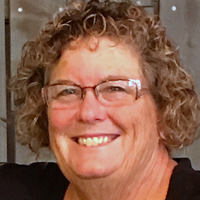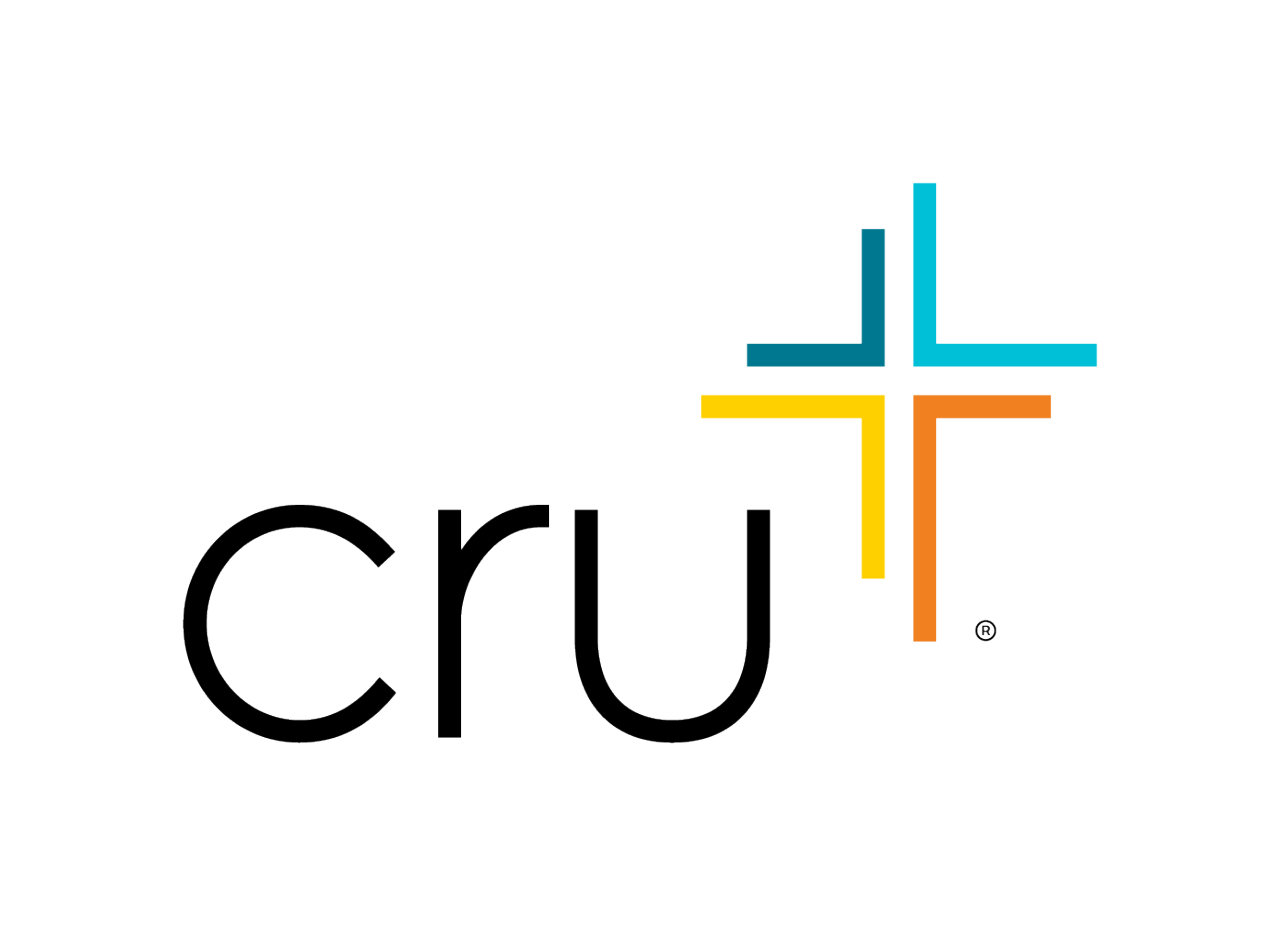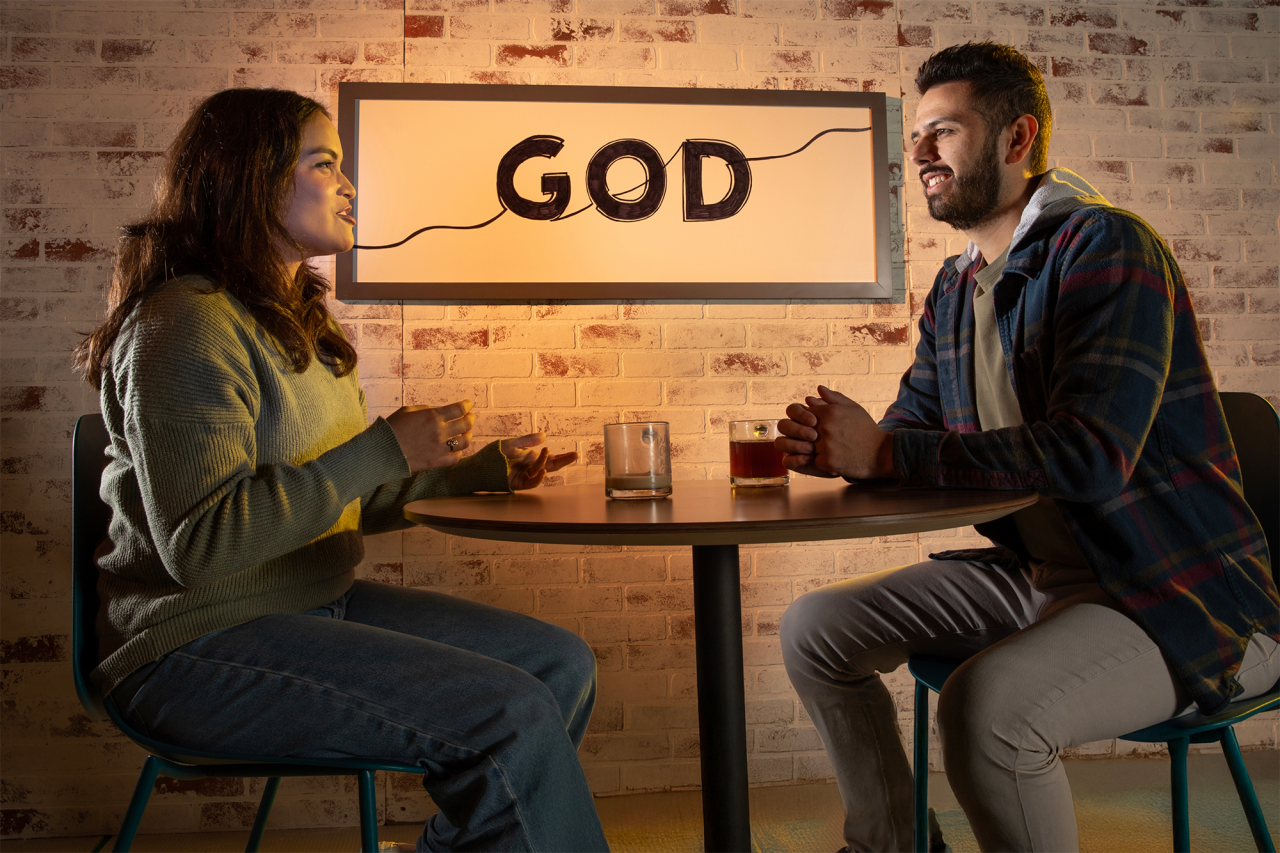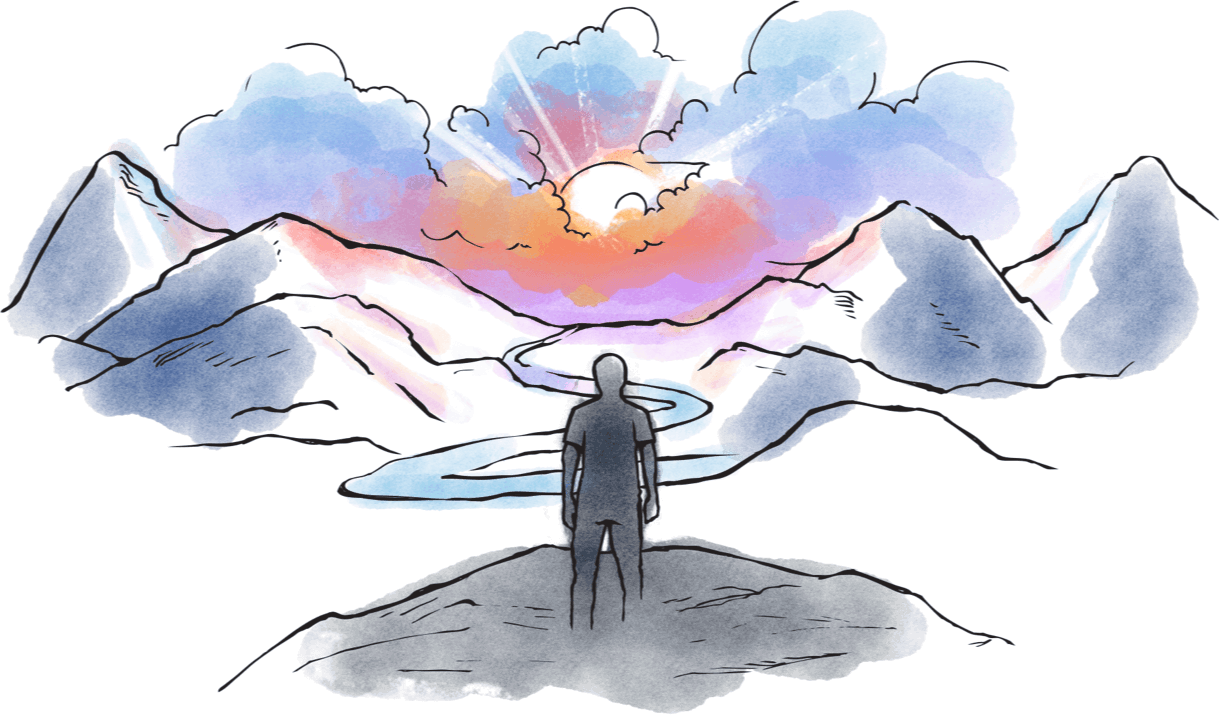Editor’s note: Although the word unity only appears in the Bible a few times, the concept was a major teaching of Jesus. He stressed it among His disciples when they were arguing. He urged His followers to love one another. He emphasized it when discussing the Godhead. And, in His High Priestly Prayer, hours before his crucifixion, Jesus asked God “that they may all be one, just as you, Father, are in me and I in you” (John 17:21, English Standard Version). The Scriptures leave little doubt that we are called to love and unity. But how do we do that?
In our two-part blog series, Building Bridges, we examine how one Cru Inner City staff member, Jim Koslowsky, initiated a listening campaign that began spanning a gulf between two congregations, one Black, one white. Today, we examine part one, which introduces the lay leaders at each church. In part two, scheduled for August 15, we learn six steps Koslowsky recommends for biblical unity.
By Lori Arnold — 08 August 2025
Jim Koslowsky is a lifelong learner. He blows through book pages like others plow through bags of potato chips. His love of education and administration led the Kansas native to an 18-year career at Cru’s® Kenyan seminary in the capital city of Nairobi.
When he and his wife, Marlene, returned to the United States in 2009 to work with Cru’s Inner City ministry in Atlanta, Jim faced a whole new learning curve, working with Black staff, pastors and ministries serving the urban poor.
“Understanding poverty is part of it, and that was part of the education and just trying to understand why people do the things they do,” said Koslowsky, who, as team administrator, organized the annual distributions for Easter Bags, PowerPacks®, Boxes of Love® and Homeless Care Kits.
Raised in a predominantly white neighborhood of 2,000 in the Sunflower State, Jim’s interaction with Black Americans was limited, as in his college experience, where students tended to segregate themselves racially, even while living together in dorms.
“I have regrets there that neither one of us reached out to either side,” Koslowsky said. “When you're in a majority, you have to do the reaching, I think, but that just didn't happen. Everybody stayed with their own group.”
So, when he joined the Atlanta Inner City team with Michelle Melchor and René Foster, both Black women, he was prepared for a learning curve.
“When I joined Cru Inner City, it's like I gave God a blank check,” Koslowsky said. “I signed it, but I didn't really know what all I was signing up for, and that even continues to today.”
He wanted to connect with the people of color whom he was serving and to identify with their experiences. Koslowsky’s natural instincts kicked in: reading books and taking courses, including an extensive Christian worldview class, offered through Cru’s Institute of Biblical Studies.
“We can sit around as white people talking about this, but we don't even know what we don't know, and we need to try to find out.”
“We looked at different worldviews and then looked at how that relates to kind of bringing it back down to our ethnicities and seeing how we relate to each other,” he said.
By 2019, Koslowsky transitioned from student to teacher, leading a group of about 10 through a racial reconciliation course at his church, Grace Church, a predominantly white congregation in Fayetteville, Georgia. The group met monthly, reading literature and discussing issues impacting people of color. They were planning a field trip to Alabama’s Equal Justice Initiative Museum when COVID-19 hit, shutting down everything, including their monthly meetings.
Although the pandemic scuttled the trip, Koslowsky said he believed it was time to shift their focus from research to building relationships by seeking meaningful conversations with their Christian siblings from a Black congregation.
“We can sit around as white people talking about this, but we don't even know what we don't know, and we need to try to find out,” he said.
That’s when Grace reached out to Flat Rock African Methodist Church, believed to be the oldest African American congregation in Fayette County. Originally called Rocky Mount, the house of worship was established in 1854 for enslaved African-Americans working the nearby Spears Plantation. Forty decades after its founding, the congregation moved about 10 miles west of downtown Fayetteville. The current site features a historical marker explaining its cultural and spiritual significance. According to that marker, Flat Rock also had a hand in planting at least three other local churches.
“If you don't have a chance to be in proximity with someone, there's no way you're ever going to understand them.”
“I just had this belief if we can sit down and sit across the table and talk things out … that things could be different,” Koslowsky said, adding, “If you don't have a chance to be in proximity with someone, there's no way you're ever going to understand them.”
Church leaders gave their blessing to a joint discussion group with five members from each congregation. Before launching the group, Koslowsky began meeting with Abraham Morrall, a lay leader at Flat Rock, who would serve as co-leader.
“Abraham was willing to discuss difficult issues that he had experienced so I could learn from his experiences,” Koslowsky said.
Morrall said his time in the U.S. military exposed him to a variety of ethnicities and cultures.
“Diversity, to me, it's not really a big deal, but I think, more importantly, I had an opportunity to partner with Grace and actually talk in an open forum about racial unity because there was a lot going on at the time,” he said.
The pair had four extended meetings to get acquainted and plan how to facilitate the group.
“We found that we agree on lots of issues,” Morrall said.
Both men said they enjoyed their time together and were grateful for the commitment of the other participants, adding it isn’t easy to find people willing to dedicate themselves to 11 weeks of discussing racial issues.
“Jim was very committed to learning about racial issues and sharing what he learned with the group,” Morrall said.
“I think the only defensible position we have with everybody should be (biblical) reconciliation.”
Since COVID was still in its early stages, the group met together through Zoom calls. They employed various resources, as they began digging into history, researching events in their hometowns, all to understand each other’s roots. They shared stories from their past and created an outreach program by recycling plastic bags into braided mats, which they distributed to unhoused residents living in the downtown area. They also participated in the Cru Inner City Bible study, Options Together™, focusing on how to engage with America’s poor.
Now, five years later, they are considering starting up another group in the fall. As they continue their discussions about another class, six key themes emerged from the initial class in 2020. The themes create a solid foundation for anyone seeking to understand others, whether in a group setting or one-on-one:
- Seek to always be a learner — What don’t you know? The first step in understanding is a willingness to look beyond oneself.
- Do your research/inform yourself — Invest time in reading, watching movies and listening to podcasts. Remember that you are only scratching the surface.
- Pursue relationship — Talk to friends of color AFTER you have done extensive reading, and you have specific questions.
- Listen well — Define terms from the onset to foster clear communication. Be aware of self-filters that may color your views.
- Solicit their story — Ask others to tell you their story, then consider their journey from their perspective.
- Close the circle — Keep doing all the above. Understanding one another is a lifelong pursuit.
Koslowsky, who now serves as administrator for Inner City’s expansion cities, said it is paramount for Christians to embrace a persistent cycle of learning and discussion to counter the complicated issues surrounding racial division.
“I think the only defensible position we have with everybody should be (biblical) reconciliation,” Koslowsky said. “If you make it about anything else, people can dismiss it. God gave us the ministry of reconciliation and, if we haven't arrived yet, then we still need to do it and just put the effort back in place and go for it again.”
Photo at top by The Good Funeral Guide/Unsplash.
• • •
 Lori Arnold serves as the senior writer for Cru's inner-city ministry.
Lori Arnold serves as the senior writer for Cru's inner-city ministry.








 Lori Arnold serves as the senior writer for Cru's inner-city ministry.
Lori Arnold serves as the senior writer for Cru's inner-city ministry.
